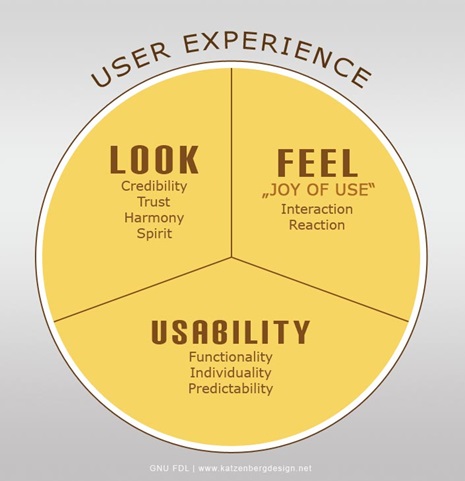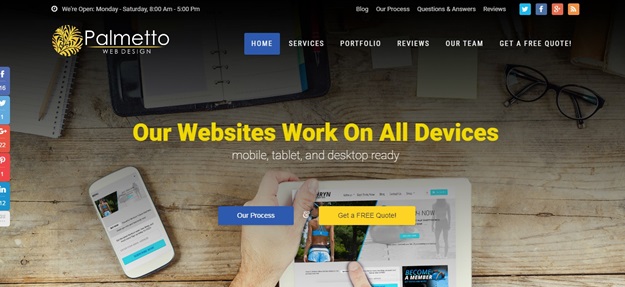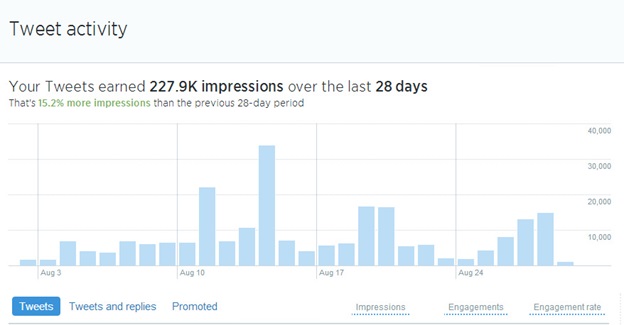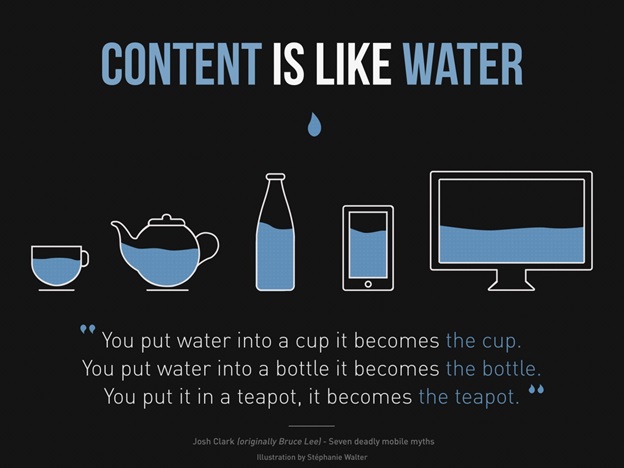What’s going to be the defining factor of web designs in 2017?
This is a question that has remained unanswered on every web designer’s mind (although we are already into June 2017 now).
If you are intrigued to know the answer to this question, you must realize that it doesn’t exactly have a direct answer. You just cannot consider a single thing to be one universal defining factor of designs because taste varies from location to location, genre to genre, people to people, etc. There are several factors at play.
But there’s a way through which you might be able to get the closest possible answer to the question highlighted above and that is “BY STUDYING TRENDS” (based on geography, content genre and general interests).
In this article, we’ll discuss 5 of the current web designing trends that are actually ruling the designing world in 2017. Go through them as closely as possible because they honestly CAN make a difference.
- More focus on content
In 2017, we are witnessing a trend where significant focus is provided back on website content to design because of their important role in search engine optimization.
Content is considered to be the meat on the bones of a website. Most designers around the world have already realized this fact that most people visit a particular website for its content that ranges from text to images to videos social media feeds and everything in between.
You, as a designer must adopt this trend in your designs to maximize results in the long run. The only question that remains is: “How do you that?”
A simple approach should be enough to do the job for you. Keeping everything to the bare minimum and achieving a balance between the website content and the design are the tricks to achieving an aesthetically pleasing design. Are you up to the task?
N.B. Achieving a simplistic design is not so simple at all.
- It’s also about improving user experience now; traditional web designing is dead
The traditional method of website designing doesn’t work anymore.
Designing a website only by looks has long since been dead. Today, experience designing is the thing that’s valued the most.
So, what is experience designing?
Experience designing is a design done on basis of the presumed experience of the visitors who are going to visit the website at any particular point in time. Such an experience is based on several things in particular such as:
- The loading time of the site.
- The site comprehensibility.
- The simplicity of the site.
- The uniqueness of the site.
- The quality of site content.
- The ease of access.
This pie chart can explain it better than anything else.

Source- Wiki
You, as a designer need to account all the aforementioned things in your design and then work accordingly.
For example, if you include too many elements, too many widgets, too many animated gifs or videos, etc. in your design, you will be making your site very “heavy” from the visitors’ point of view. Such a thing can actually increase the loading time of the site which is a downside in itself.
So keep it simple. Keep it balanced. And you’ll be getting an aesthetically pleasing website in no time.
- Bigger and bolder typography
We already pointed this out before that web content counts more than the design. So naturally, designers would stress more on typography to highlight their content and bring in some uniqueness in the best possible way. Hence, bigger and bolder typographies are slowly getting into the groove.
It’s a good tactic indeed, especially in the current circumstances. Here are a few cases in point:

Source- Palmettowebdesign
Bigger and bolder typography to convince users to take actions fast

Source: Campbells
Another website that stresses more on bigger and bolder typography to designs to get the message across
- Visual representation of data
Visual representation of data is the most striking data of all.
Almost all of us know this well:
“You read, you forget.
You see, you remember.”
The same thing is at play here.
Almost all of us know analytics well. Most companies use them to study their traffic as closely and develop their digital marketing strategies on the basis of that. Till now, this data was usually handled from the company backend for business purposes.
But now, this has changed a lot, thanks to the social networking platforms. Most social networking platforms provide their users with an in-built option to monitor their Analytics from the same platform itself.
Here’s an example:
A cropped screenshot of Twitter analytics (showing tweet impressions)

Source- Flickr
Anybody can handle their analytics data whenever they want, wherever they are. Now the question is, do you notice something common in all such “analytics” pages? Yep, you can include Google analytics in as well.
You’ll notice that the common factors include things like:
- Charts
- Graphs
- Bar graphs
- Pie-charts etc.
They usually deal more in visual information to text. That’s because visual information is capable of having the most impression on your audience as a whole. It’s also easy to understand in comparison to its immediate counterpart.
You, as a designer should incorporate the same tactic in your designs especially if the content is based on things like stats, averages and other similar things. A simple thing like that can go a long way indeed.
- Responsive web design
If you want to create a good UX for both the PC and mobile users), a responsive HTML design is something that should be a must in your design. It is the current trend in play, and we think it’s here to stay for the foreseeable future because of the rising popularity of the mobile internet.
What is responsive web design?
A Responsive web design is a design that can make a web page look good on any device (be it desktop or tablet or a mobile phone).
The diagrammatic representation depicted below can explain it better:

Source- Wiki
Trends usually come as a fad and go over time. Only the best stays. But will these 5 last a lifetime? Only time will tell.
Image Courtesy: Pixabay.com




